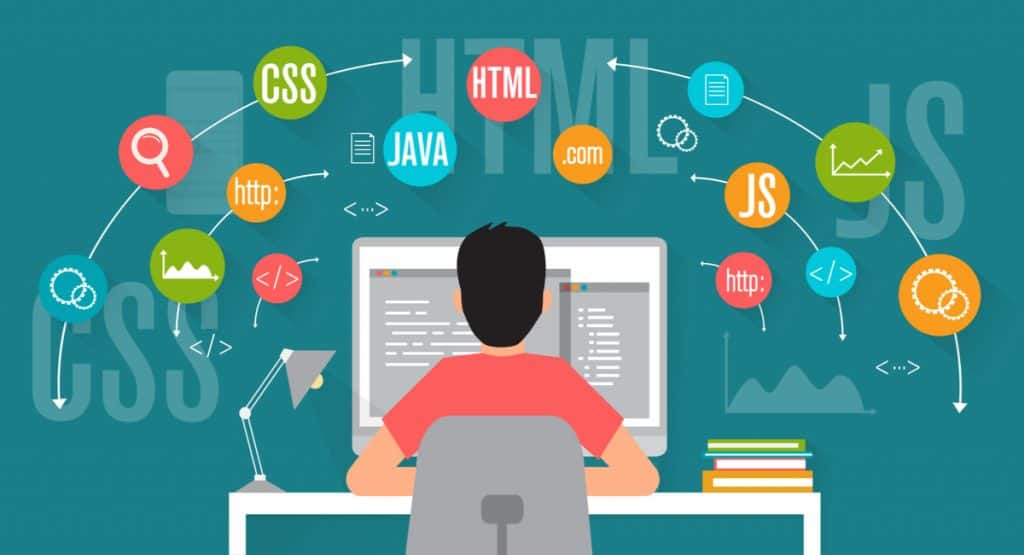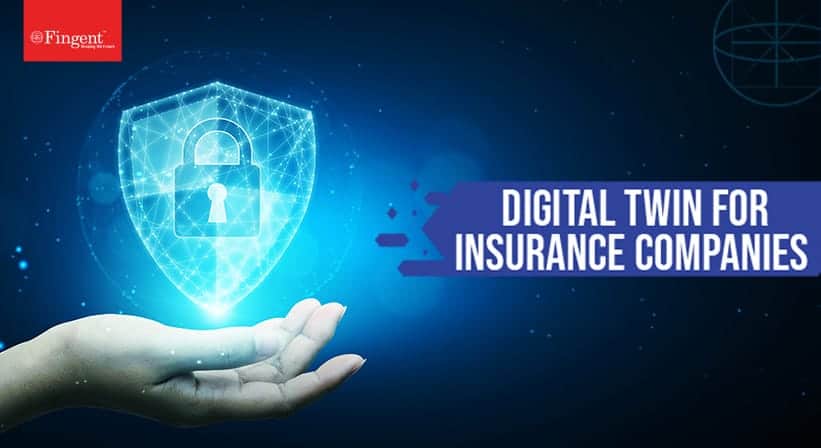Tag: Headless CMS
Why your business needs to adopt headless CMS architecture
70% of companies are actively investing in content marketing and almost 60% of marketers rate content marketing as extremely important or very important to their marketing strategy, states HubSpot. Modern customer behavior is driving up the demand for a more flexible, customizable, and scalable CMS that is adept to deliver the experience your customers expect. When compared to traditional CMS, Headless CMS enables organizations to speed up delivery times while iterating quicker. This blog walks you through seven specific business benefits of headless CMS. Let’s begin by understanding what headless CMS is.
What is meant by Headless CMS?
A headless CMS allows us to edit CMS and database without an integrated presentation layer. The integrated presentation layer, which is referred to as a ‘head’, restricts the use of content only to one particular channel such as a website. Once CMS is severed from the head, it could be used across various other platforms such as a mobile, tablet, and smart devices, making it ideal for the current business scenario.
Read more: 5 Convincing Reasons To Adopt The Headless CMS Sanity.io
7 Business Benefits of Adopting a Headless CMS
1. More flexible
Since headless CMS is API driven, it allows you to build your own head or a presentation layer/ frontend. Besides enjoying the ability to pick your programming language, your developers can develop the website without having to conform to any proprietary development constraints. A single piece of content can be reused or combined with various other presentation outputs enabling faster project completions.
A headless CMS allows secure and easy integration with any of your existing business systems. Additionally, since it does not have a fixed structure to code, your developers are at liberty to code for any type of integration. This gives them the flexibility to integrate with more complex systems.
For example, Sanity.io is a popular headless CMS that allows you to embed editable data in running text and cache multiple queries on a single request. It also provides real-time collaboration, content versioning, and live previewing.
2. Supports Omnichannel Selling
For marketers to provide a customer-pleasing experience, each channel used by the business would require access to the current product information and availability. It can be quite a challenge to create iconic content that shines across all touchpoints. Instead, a headless CMS provides the capability to orchestrate a seamless experience across all touchpoints while maintaining consistency and relevance. For instance, Sitefinity empowers brands to deliver a personalized experience across channels.
3. Headless CMS is Future-Proof
A headless CMS enables businesses to future-proof their applications by separating the presentation layer from the data and logic layer. You can structure your content to facilitate future-proofing for new projects. Also, you would not be required to make any technical changes when re-branding one or more channels. Sitecore is a leading headless CMS that offers enterprise-class search and content targeting to boost personalization efforts, among other things.
4. Cost-Effective
It is a lot cheaper for your business team to create a new functionality because headless CMS requires little technical involvement. For example, if your marketing department chooses to create a new series of product mini-sites, they do not have to depend on developers to build CMS-based templates. Instead, the marketing team can directly go to the CMS and start creating the mini-sites as and when required, reducing your up-front costs. Kentico CMS, for instance, comes with tailored custom pricing. Websites of popular brands like Sony and Starbucks are powered by Kentico.
Read more: Top 6 Tech Stacks That Reign Software Development in 2020
5. Offers Better Software Architecture
A headless CMS is architected to decouple CMS platforms and published content. This strengthens security because access to the CMS is restructured internally within the organization. It increases scalability simply by spinning up a new app server and pointing it to the content. It remains available against all odds because even when the CMS application goes offline, web applications will not have an impact. Episerver, the leading WCM platform supports editors to drag-and-drop content to create new digital experiences quickly.
6. Allows you to do more with less
Organizations will no longer need large teams of specialists with particular CMS knowledge, unlike the requirements for a traditional CMS.
7. Lets You Focus on Your Business
Worrying about your CMS can be time-consuming and distracting. A traditional CMS structure can take your attention away from growing your business. Whereas Headless CMS allows you to use your precious time and resources to grow your business. Being a multi-tenant system, it is fully managed and upgraded for you.
Read more: Top 5 benefits of outsourcing software development services
A Step Forward
Apart from these, there are several other reasons why businesses must consider a headless CMS. The important aspect to consider is how you want to manage and store content for products and articles. This can have an impact on websites, application performance, and conversions. Hence, as marketers, it’s time to take a step beyond traditional CMS.
If you’re considering a headless CMS to improve your digital content experience, send us a message immediately.
Stay up to date on what's new

Featured Blogs
Stay up to date on
what's new



Talk To Our Experts
How Sanity.io manifests the value of headless CMS
In our recent white paper, we stated that customer experience will overtake price and product as the key brand differentiator in 2020. We also discussed how the rapid evolution of both customer expectations and CX technologies is a wakeup call for both CX and IT leaders.
So, that’s it! Any business failing to deliver omnichannel customer experiences or remaining inactive across their website, mobile application, voice assistant, email, social media profiles, or online customer support is sure to face peril. This has set in a new level of expectation as to how digital content should be managed. Definitely, this puts the onus on companies to adopt a headless content management system (CMS).
Now, the question is what’s wrong with the traditional CMS? If WordPress, Drupal, or Joomla allows you to have both the CMS and the website’s design in one place, wouldn’t it be easier to make updates and manage your content seamlessly? Then why did leading brands like Cornerstone, Cloudflare, and Eurostar move to Sanity, one of the top headless CMS platforms?
Here, we tell you what’s a headless CMS and why many industry leaders have adopted Sanity.io.
The Headless CMS Movement
Remember the “pre-CMS era” where you had to update HTML pages manually and upload them on the website via FTP and perform a lot more steps? The birth of popular content management systems like Drupal and Joomla not only gave us relief, also did they tempt us with convenience. However, these legacy platforms often force us to solicit assistance from developers working on a specific CMS and require us to spend more time, resources, and budget for maintenance and enhancements.
A traditional CMS ideally fits an enterprise-level small business website or a personal website, especially if you do not have to share content with multiple digital devices or platforms. With cross-channel content dissemination at the speed of light becoming the Holy Grail, the monolith, single storage feature offered by traditional CMS is easily giving way to headless CMS.
Read more: Top 6 Tech Stacks That Reign Software Development in 2020
Decoding Headless CMS
In simple terms, a headless CMS is a content-first CMS where the content repository (body) is decoupled/separated from the presentation layer (head). It’s a back-end only content management system that makes content accessible to external clients for display through APIs.
The result: Even a non-developer can create or edit content without getting worried about how the content will be displayed or consumed by the external systems. If you need to publish content on multiple platforms all at once, headless CMS is the best choice.
The beauty: Headless CMS is front-end agnostic. You can choose the framework or tool you like for displaying content to the end-user. It allows front-end developers to solely focus on the presentation layer without thinking about how the content will be managed.

5 reasons to go for Sanity, the popular headless CMS
“Build with structured content” is the byword of Sanity. However, the platform makes no assumptions about how your content is structured, created, validated, and presented. This offers you the flexibility to deliver structured content into any digital devices or applications via Sanity’s real-time, cloud-hosted APIs and customizable open-source editing environment.
1. Get started in no time
You can quickly get started with Sanity.io by downloading CLI from npm and use it to launch a new project. Alternatively, you can go to Sanity’s starter projects that will help you get started in minutes with its preconfigured Sanity Studio and a functional front-end with a range of frameworks to choose from, all deployed to Netlify with source code on GitHub.
2. Superior editing features
Sanity’s editor or the Sanity Studio is a flexible, open-source application that allows you to define content models with simple JavaScript. A single-page app built with React.js, Sanity Studio allows you to customize or extend it using your own React.js components. Its advanced features help you modify workflows for your editors. Along with customization, Sanity Studio offers core features like Block Content, Structure Builder, and a Dashboard plugin.
3. Exceptional APIs
The primary reason for choosing a headless CMS is its API-first pattern that allows you to access the content through APIs.
Sanity offers two powerful APIs for reading, writing, querying, and patching documents:
- api.sanity.io which is the live uncached API
- apicdn.sanity.io which is the CDN-distributed, cached API
Sanity also supports deploying GROQ and GraphQL APIs to query your content. The platform’s Data Store resides in the cloud and can be accessed via Sanity API either using Sanity’s client libraries or through the HTTP API directly.

4. Matured technology stack
Sanity is a cloud-hosted CMS with a real-time content studio and hence all the data is synced instantly. The underneath architecture involves mature technologies such as PostgreSQL, ElasticSearch, and JavaScript, and the blazing-fast React. It doesn’t save HTML, XML, or rich text in the database, but in rational object structures. For instance, if you want Alexa to read from your text fields, then you don’t have to parse HTML. Sanity comes packed with its well-maintained JavaScript, HTML, and PHP clients allowing you to be up and running fast with the front-end framework of your choice.
5. User-friendly headless content models
Though you require someone with basic JavaScript knowledge to get started with Sanity, it isn’t hard to find a person who is familiar with the popular web programming language. Sanity enables content editors, visual and interaction designers, and technology professionals to collaborate on building the information architecture. Front-end developers can save their efforts by accessing content fields instantly through APIs.
Need more reasons to fall for headless CMS?
To give you an example, Sanity prevents you from getting “locked-in”. Despite being a SaaS platform, Sanity allows you to easily export your content and use it wherever you need. Same with the front-end frameworks that we saw above. Customized editorial experiences, structured content approach, minimal hidden costs, pay-as-you-go pricing model, and a number of stunning features will make you say “Yes” to the headless CMS model.
If you would like to know more about Sanity.io or any other headless CMS platform that you’re currently considering, drop us a line immediately.
Stay up to date on what's new

Featured Blogs
Stay up to date on
what's new













